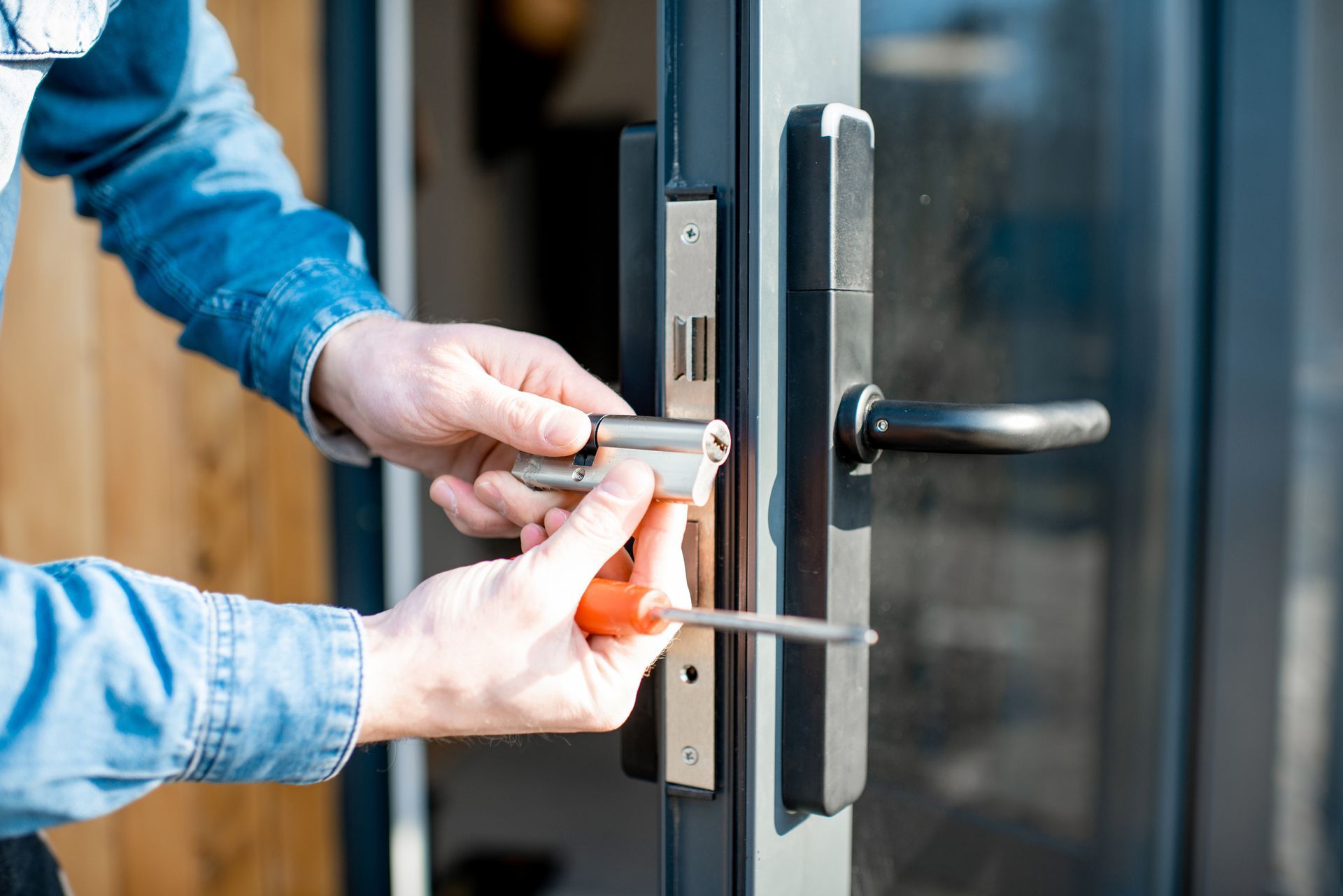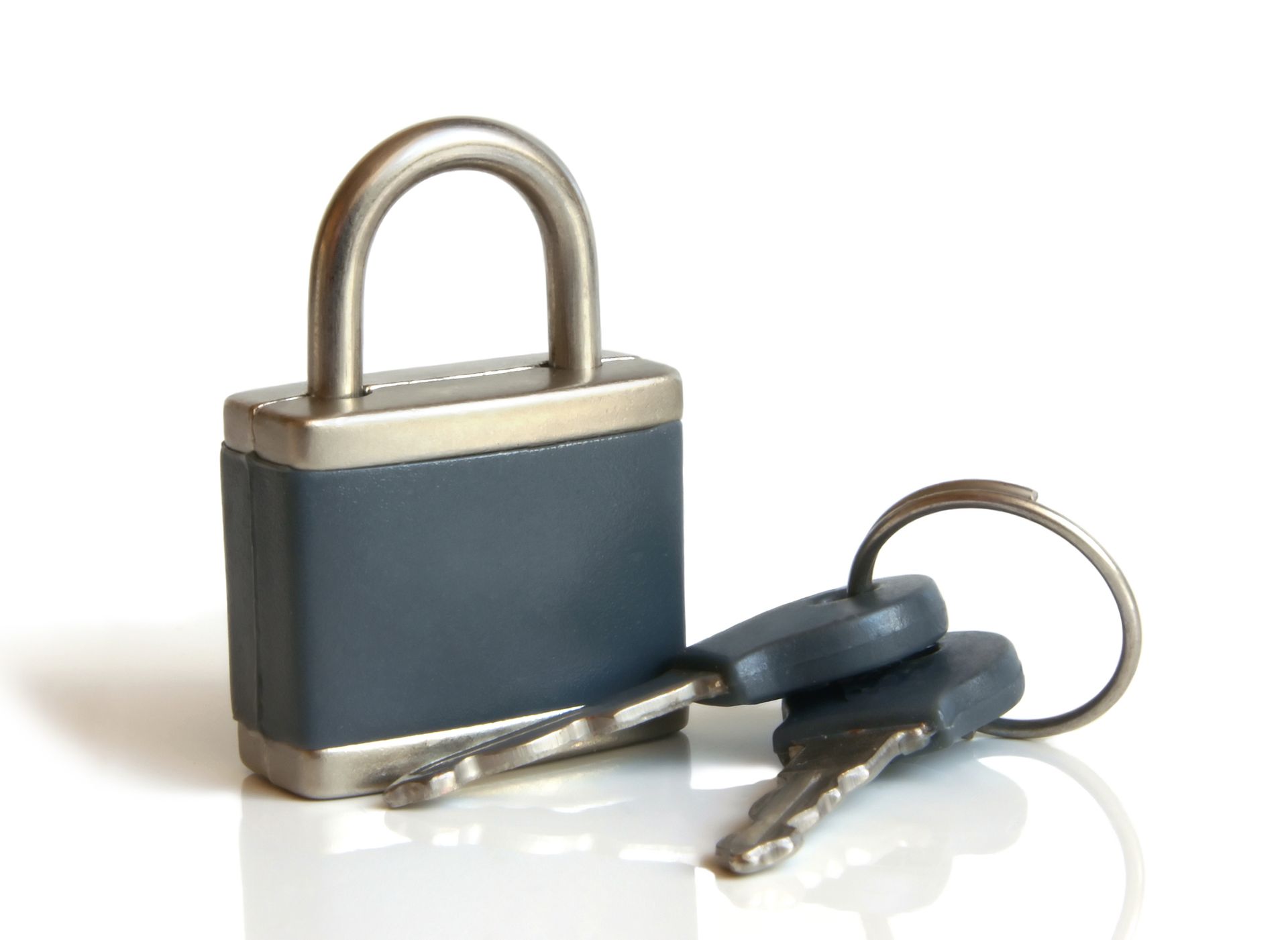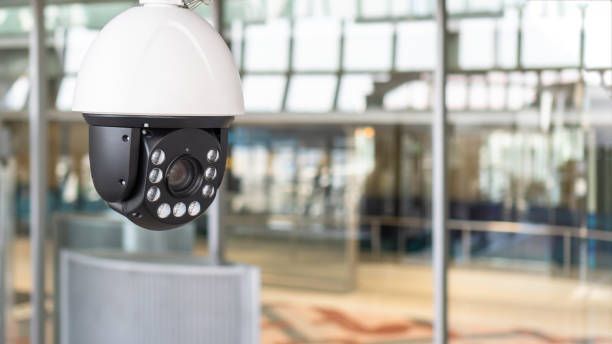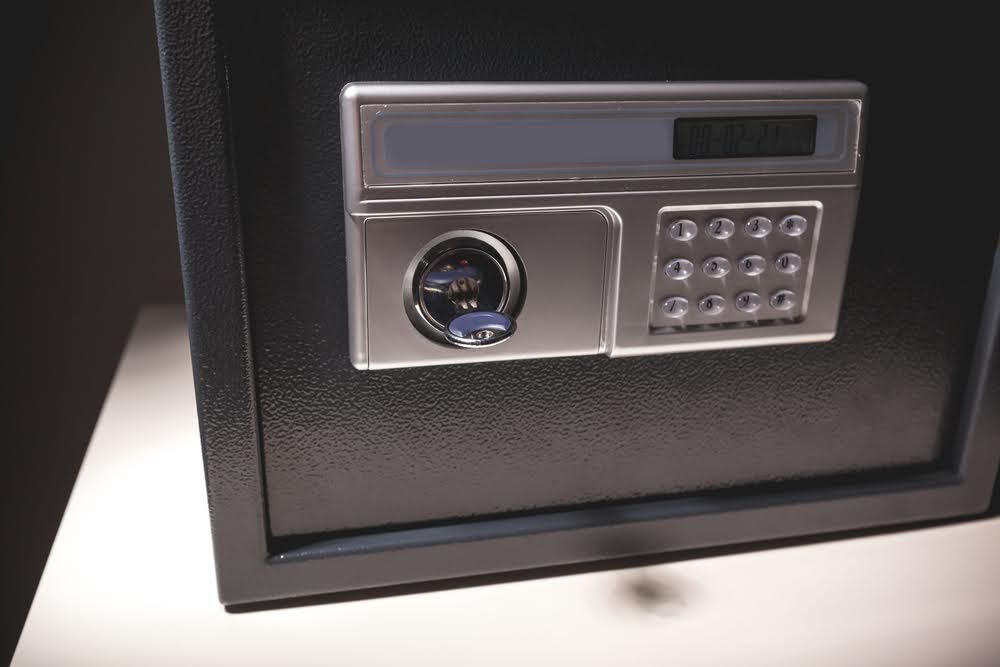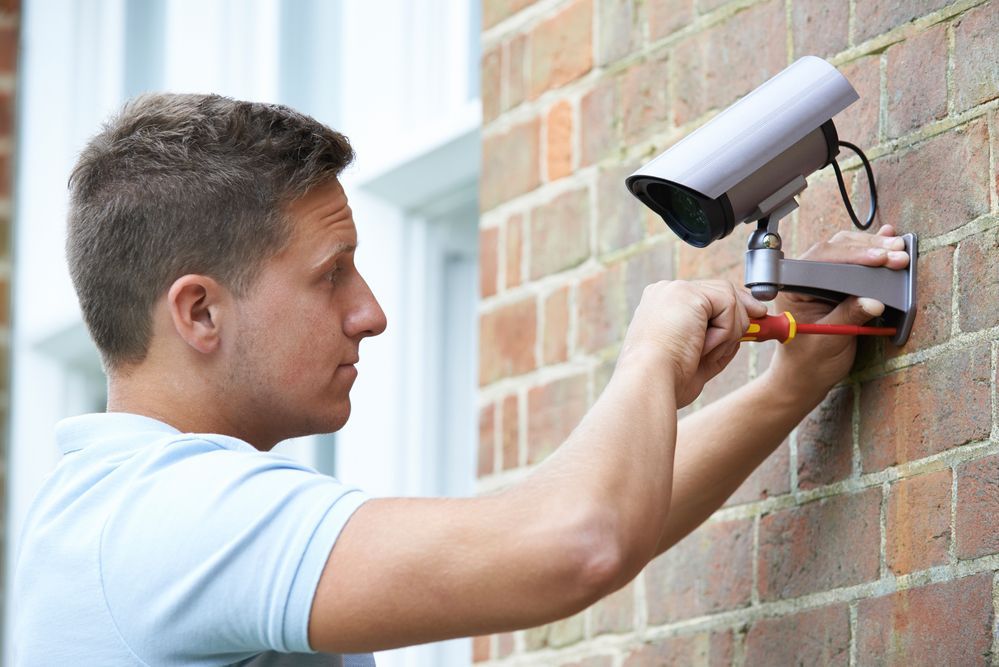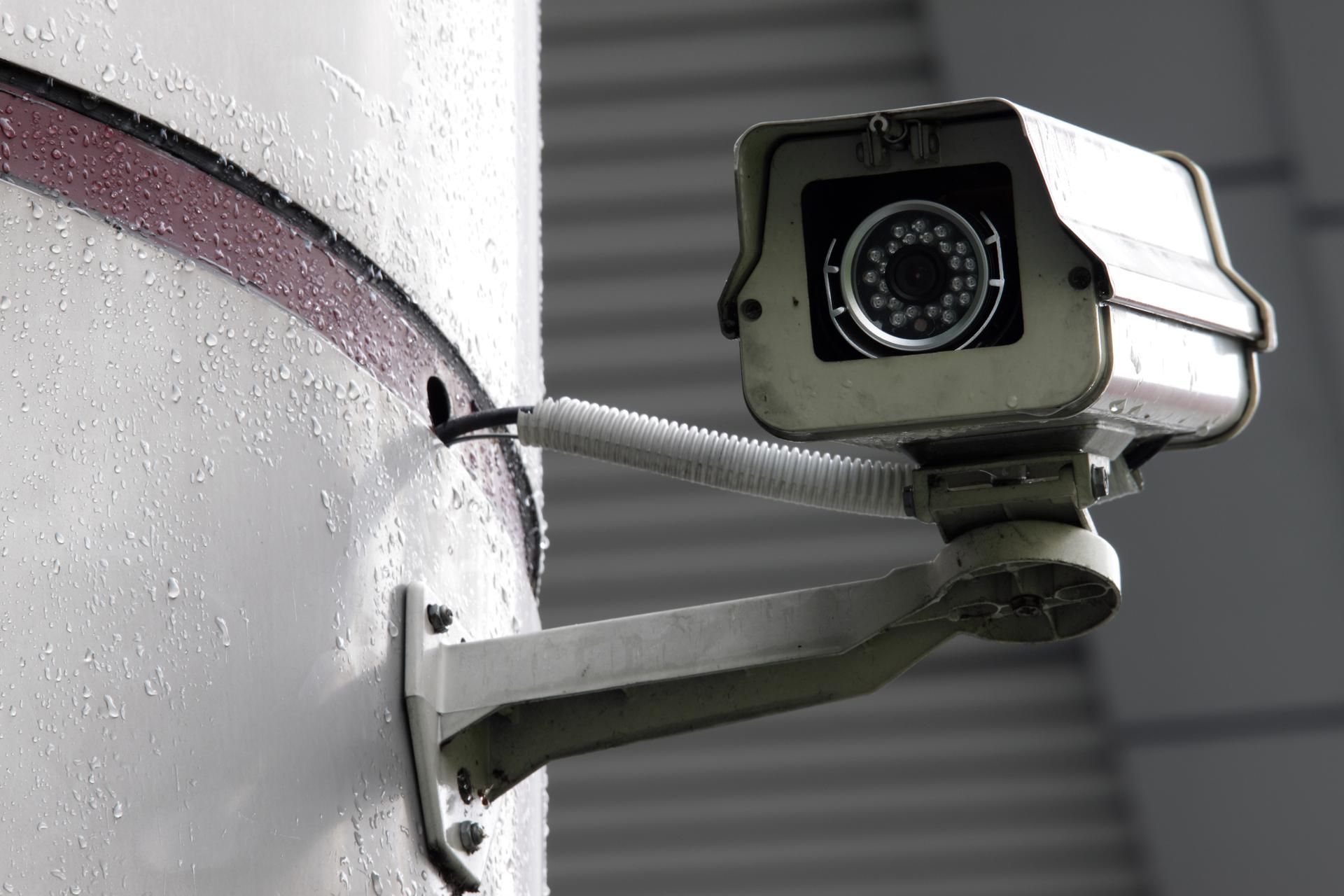How to Efficiently Rekey an Office Space or Apartment Complex in Houston
Dixie Safe & Lock Service Inc. • November 20, 2019
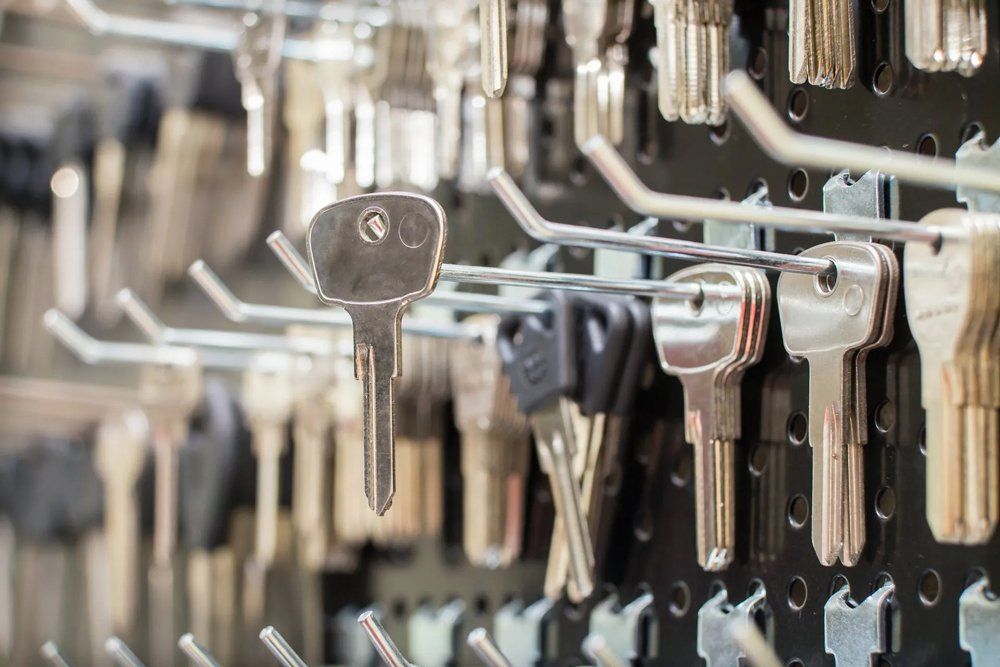
Rekeying large commercial properties or multifamily housing, like apartment complexes, can be a massive undertaking. Locks don’t last forever though. As technology and lock quality changes and improves you likely want to keep up with the times from a usability, security and aesthetic perspective.
You can stagger your lock updates and just change out handles and deadbolts as the need arises due to people moving out or locks breaking, but it often makes more sense to replace or rekey all the locks at once.
This can be especially important for businesses that have high turnover or apartment complexes where there’s always a concern that a tenant will get copies of keys made and potentially use those copies to access their old unit after they move out for nefarious reasons. These aren’t just security concerns; they can also be liability issues if not proactively addressed.
So how do you go about rekeying or replacing all the locks
in a large complex or commercial building?
The Rekeying Process
Home or business owners can attempt to rekey their own locks, but the process can be pretty time consuming and labor intensive. The basic process goes like this:
1. First, insert the key in the doorknob and unlock the door. You can leave the key in the knob while you remove the doorknob.
2. You may need to turn the doorknob until the hole on the side of the knob’s exterior lines up with the hole under the exterior of the knob. There’s a tool in the rekeying kit, usually a little wire or key-looking piece of metal, that you can insert through this hole to disconnect the knob from the rest of the spindle assembly. Getting the holes to line up and then releasing the knob with the wire may require some finagling of the wire in the hole. Once you feel it click you should be able to pull the knob off.
3. Within the knob is a cylinder with a “retainer” ring on the end. You may need an additional “spanner” tool to pop off the cap and access the cylinder. Within the rekeying kit there should be a retainer ring tool. This tool should fit around the retainer ring, which allows you to pop it off the cylinder.
4. Now you should be able to remove the plug from the cylinder. There may be a “c” clip on the cylinder that should also be removed with the included spanner. You’ll want to put the key in the cylinder to keep the springs and columns in place while you use the “follower” to push the plug out of the cylinder. You need to keep consistent pressure around the plug to prevent the pins and springs from falling out of the cylinder (“blowing the cylinder”) while you push the plug out.
5. Let the bottom pins fall out of the plug.
6. Insert the new key into the plug.
7. Drop the new pins into the plug so they align with the new key.
8. Turn the key at a 45-degree angle.
9. Insert the plug (with the key in it) into the cylinder, which should push out the follower you inserted in step four. Put pressure on the plug while inserting it into the casing similar to in step three to keep the pins from falling out.
10. Turn the key back upright.
11. Put the c-clip back on the cylinder to hold it all in place.
12. Put the cylinder back in the knob.
13. Press the cap back in place.
14. Align the shank slot on the knob with the slot in the spindle (the mechanism sticking out of the door that turns the door bolt).
15. Push the knob back on to the spindle until it snaps into the catch.
The whole process may require some trial and error if you’re attempting to do it yourself for the first time. It may require a lot of labor hours if you need to rekey dozens or even hundreds of doors in an apartment complex or large commercial property.
Some companies, like Kwikset, also sell SmartKey door handles which allows for much faster rekeying. It essentially allows you to insert a “SmartKey” tool, which unlocks the pins and allows you to put in a new key and reset the pins to match the new key. This system is faster but can come with its own security drawbacks simply due to the ease with which it can be done.
The Great Thing About Keyless Entry, Fingerprint Locks and Keypads
Rekeying is unnecessary if you have some type of digital entry solution in your office. Those systems make it easy to revoke passcodes, add the fingerprints of new hires or remove the access for employees who are quitting or being fired.
If you want to simplify your future rekeying needs or just don’t want to have to deal with the process ever again, contact Dixie Safe & Lock Service Inc. to discuss having your business switch over to one of our keyless entry options. After it’s installed, you won’t need to worry about rekeying ever again.
Get Help with Rekeying in Houston
If you need help with a large rekeying project, give Dixie Safe & Lock Service Inc. a call. We can work around your schedule to ensure that our rekeying work doesn’t interfere with your business operations and we always strive to minimize inconvenience to tenants if we’re rekeying a multifamily residential complex.
Give us a call
at (713) 643-5767
to get started on your rekeying project.
| Number | First Name | Last Name | Email Address |
|---|---|---|---|
| 1 | Anne | Evans | anne.evans@mail.com |
| 2 | Bill | Fernandez | bill.fernandez@mail.com |
| 3 | Candice | Gates | candice.gates@mail.com |
| 4 | Dave | Hill | dave.hill@mail.com |




